
[Added on January 31, 2024: Just stumbled upon older articles from 2019 and 2022 saying that Thomas Robinson, often known as Tam O’Braan (as in my article below) or Thomas O’Brien, invented a famous tea award, duped and conned luxury hotels, tea companies and others. The interesting thing is that he sent me several Scottish teas from several Scottish producers, and several of them were — truly brilliant!].
Not everybody in the agricultural sector in the European Union is looking for subsidies. Tam O’Braan of the Wee Tea Company and the secluded Dalreoch Tea Estate, nestled in the Strathbraan valley, at the foot of the Scottish Highlands, proudly told me that their model of agriculture is inspired by the Australian approach to subsidies – none.
Scottish tea is in high demand. In Scotland in July 2016, there are 13 tea growers. Tam O’Braan told me that, by the end of 2017, they hope to have already 28 tea growers in the Scottish lowlands, highlands and on some islands. Tea is more lucrative than milk and, therefore, seems to have a rosy future.
In the first quarter of 2016, most clients for Scottish tea came from Asia, with China being the first customer destination, closely followed by Hong Kong, China’s Special Administrative Region. The number of clients in the UK and Taiwan was roughly half of that. A notable number of clients can also be found in the United States, France, South Korea, Germany, India, Belgium and Russia. When it comes to volume, Taiwan, Hong Kong and South Korea ordered most, ahead of Mainland China.
Demand for Scottish tea is global and largely exceeds the offer. Thanks to its high quality and low quantity produced, this is unlikely to change in the near future.
You may ask: Scottish tea, really?! Yes! Already in the mid-19th century, Robert Fortune (1812-80) stole tea seedlings and plants in China and introduced them to the Darjeeling region of India. Lesser known is the fact that the famous botanist, plant hunter and spy – unsuccessfully – tried to introduce tea to his native Scotland. He did not manage to get samples of the tea plants Tam O’Braan and his colleagues now grow in Scotland. They originally evolved on the foothills of the Himalayan mountain range – so possibly to live in -15°C.
Dalreoch Scottish White Tea and Dalreoch Scottish Smoked White Tea
Dalreoch means “the fields of the King”. It is home to Scotland’s first tea growing plantation, where Tam O’Braan produced the first pure, Scottish white tea in 2014. I tried both the Dalreoch Scottish White Tea and the Dalreoch Smoked White Tea.
Gregory Phillipé, the Food & Beverage Director of the Promenade at The Dorchester, the luxurious, art deco hotel in London, where I have last stayed before the introduction of Scottish tea, recommends a brew time of two minutes for the Dalreoch Scottish White Tea. That is what Tam O’Braan officially recommends for both his Dalreoch White Teas. I can understand this for the delicately smoked one, but less so for the “natural”, 2016 first flush. One of the differences between green and white tea is that the latter does not get bitter and, therefore, can have an infusion time of five to fifteen minutes (Bai Mudan aka Pai Mu Tan shorter, Baihao Yinzhen aka Yin Zhen aka Silver Tip or Silver Needle longer).
Anyway, you have to steep your tea as long as you find best. With a brew time of two minutes at 75-80°C, the excellent, slow highland grown Dalreoch Scottish White Tea develops a golden, yellow color with delicate and light flavors, offering hints of naturally sweet and mellow fruity aromas. On his information sheet, Tam O’Braan mentions hints of lemon and lime sweetened by a slight nuttiness not dissimilar to a peach stone.
Tam O’Braan told me that his Dalreoch Scottish Smoked White Tea is the biggest repeat seller by a ration of four-to-one both at Fortnum & Mason in London and Mariage Frères in Paris. The recommended brew time is two minutes at 75-80°C. The tea develops a delicate smoky aroma, whose purpose is to complement the natural sweetness of the tea. Expect peachy and slightly nutty tones on the palate.
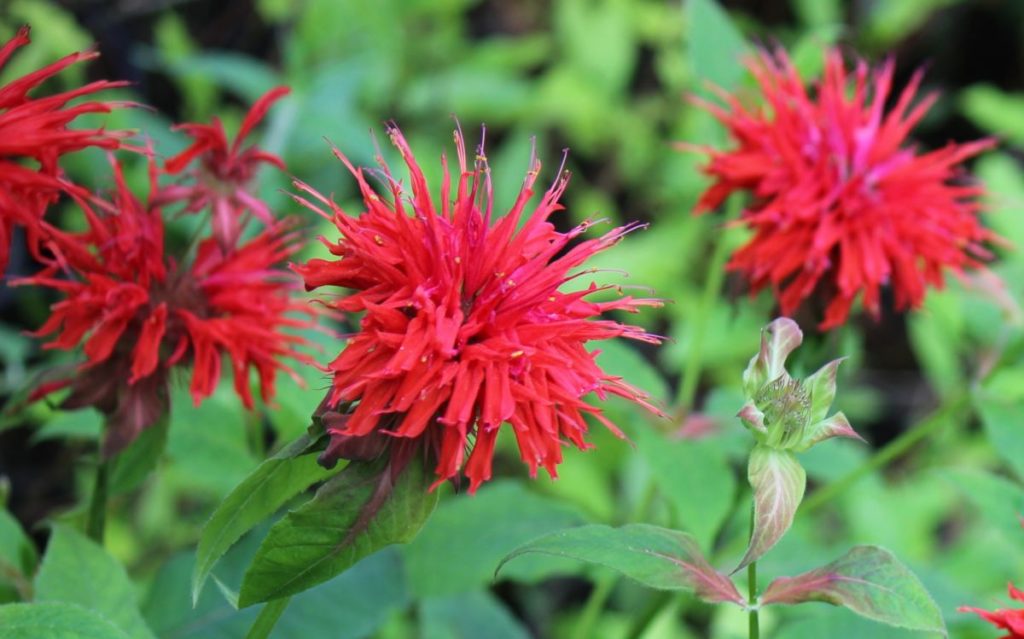
Monarda flowers. Photo copyright © Angela Hurrell / Garrocher Market Garden.
Garrocher Grey Scottish Black Tea with Monarda Flowers
Since 2014, Angela Hurrell is growing both tea and Monarda flowers in her garden Garrocher Market Garden in Newton Stewart in the Scottish Lowlands, with a climate influenced by the gulf stream of the west coast. The result is the Garrocher Grey Scottish Black Tea with Monarda Flowers. The Queen herself tasted the Garrocher Grey at The Dorchester, where she appreciated its floral notes.
The Monarda (red bee balm) gives a unique taste to the traditional Earl Grey tea. The technique of scented Monarda petals has been brought by settlers from Native Americans to Scotland. Angela Hurrell grows the flowers within the tea plants and then dries them together, to allow maximum time for the flavors to combine.
With a brew time of two to three minutes at 90-95°C, the Garrocher Grey offers a fresh, delicate zesty fragrance and taste. The natural Monarda flowers create a strong aroma similar to the Bergamot Oil originally used in Earl Grey but typically sweeter.
Among us, I think that the British have ruined tea by fermenting it and adding milk and sugar. This Garrocher Grey is the first Black Tea I actually like. It is fabulous with its rich amber color and strong, but fresh taste. The Garrocher Grey Scottish Black Tea with Monarda flowers isthe discovery for me among the Scottish teas.
Isle of Mull Matcha
Matcha is a fine powder green tea. Add it to a bowl of hot water and whisk till frothy. The powder tea has to be well dissolved.
In 2013, Liz and Martyn Gibson started to grow tea on a ten acre croft on the Isle of Mull. They introduced Scotland’s first matcha.
The Isle of Mull Matcha grows in a climate influenced by the gulf stream of Scotland’s west coast. It offers light, fresh, vegetal notes and slightly salty tones. It instantly killed my thirst. According to to tasting notes information, there should be a hint of pepper and a tiny bit of smoke. I am not so sure I smelled the pepper, but I am positive about the slight bitter edge that follows the initial sweet taste, which offers perfect refreshment.
Tam O’Braan told me that the Isle of Mull Matcha tea is a hit at The Lowell luxury hotel in New York City.
Tam O’Braan told me that Scottish tea has a history of half a decade only. The minimum lifetime of a tea plant is 70 years. Therefore, Scottish teas will have a long time to develop a market, and their signature will always need to be the quality above all else.
Loose tea at Amazon US, Amazon.co.uk, Amazon.fr and Amazon.de.

Garrocher Tea in the garden. Photo copyright © Angela Hurrell / Garrocher Market Garden.
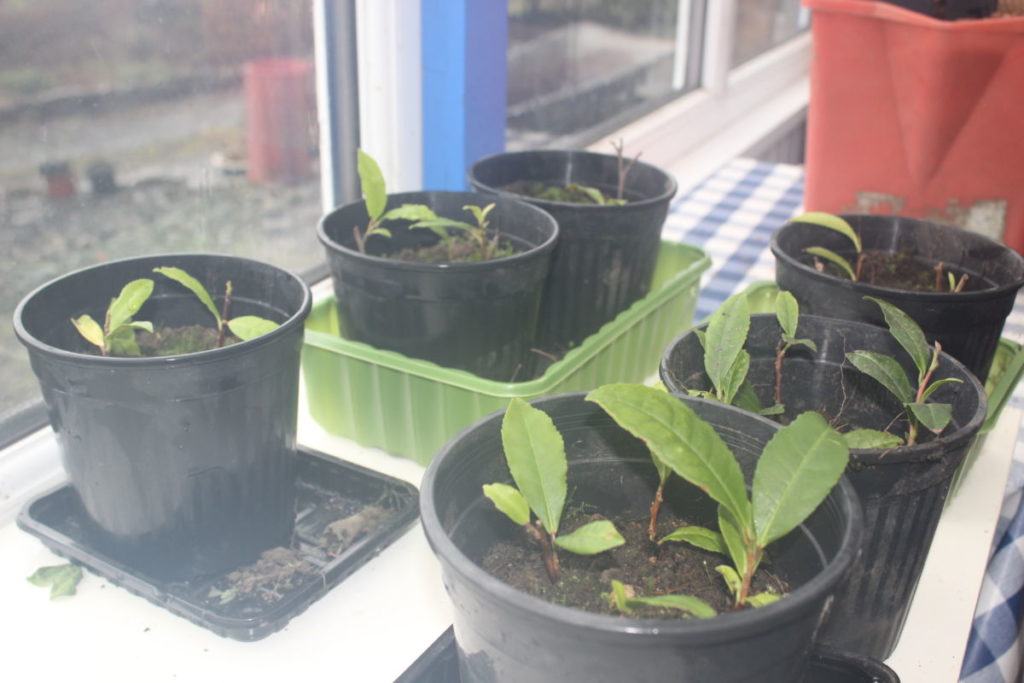
Photo copyright © Liz and Martyn Gibson / Isle of Mull Teas.
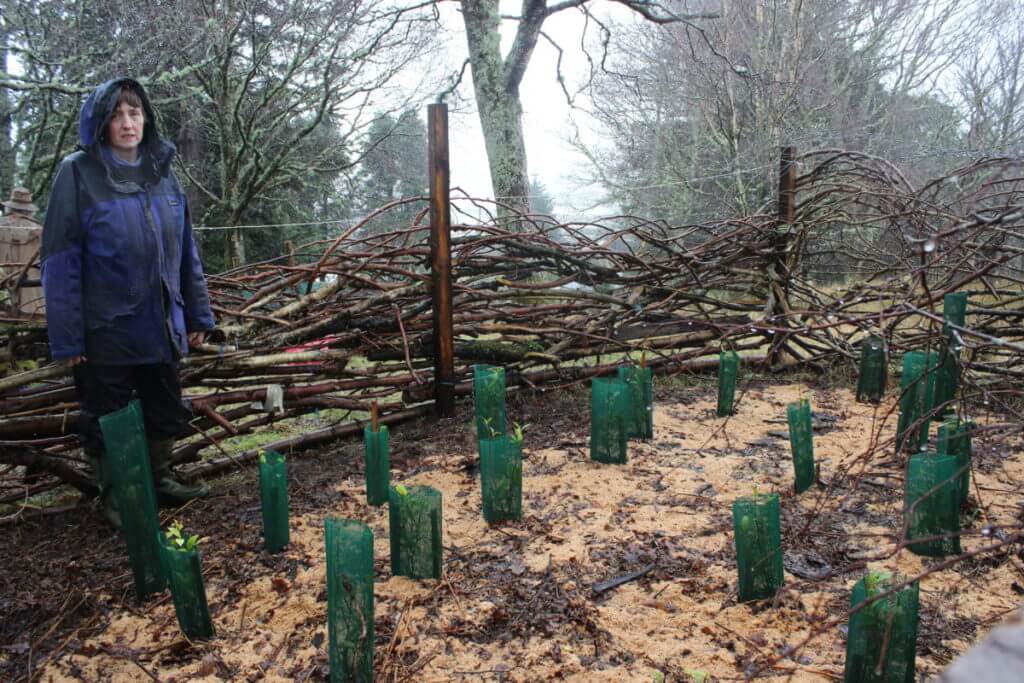
Isle of Mull tea plantation. Photo copyright © Liz and Martyn Gibson / Isle of Mull Teas.
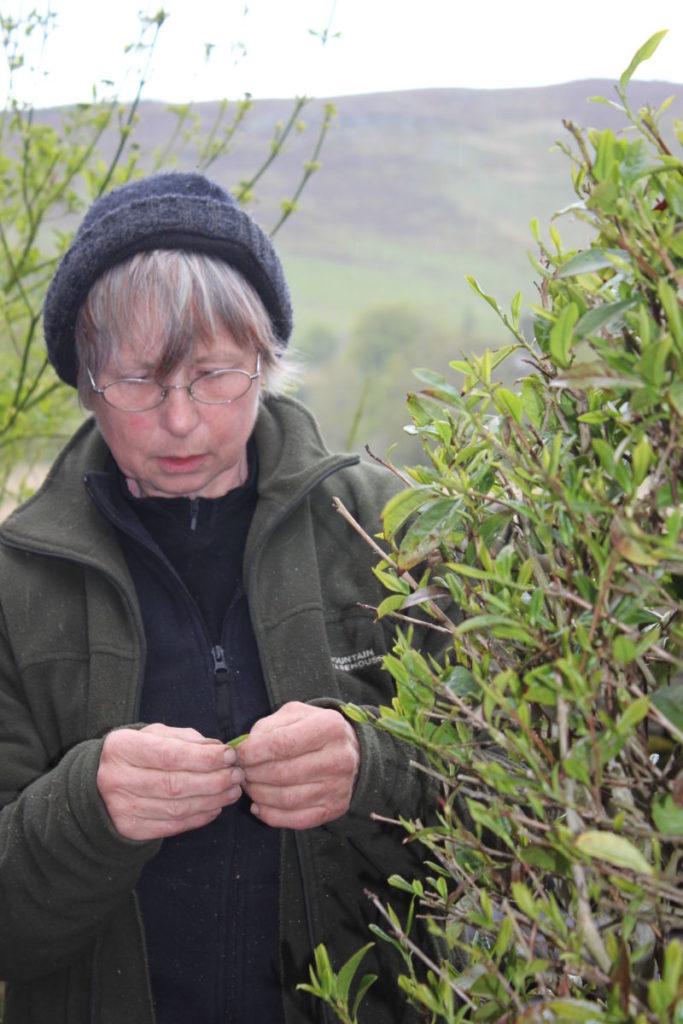
Angela Hurrell inspecting the leaf quality. Photograph copyright © Angela Hurrell / Garrocher Market Garden.
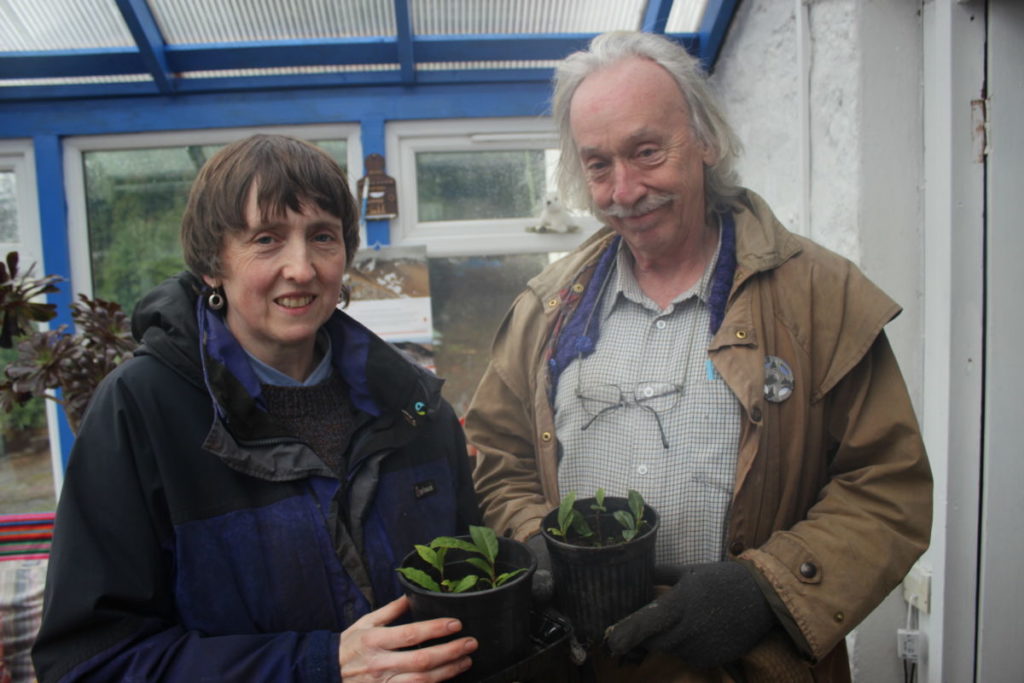
The couple behind the Isle of Mull Teas. Photo copyright © Liz and Martyn Gibson / Isle of Mull Teas.

Picking Scottish Tea. Photo © Angela Hurrell / Garrocher Market Garden.
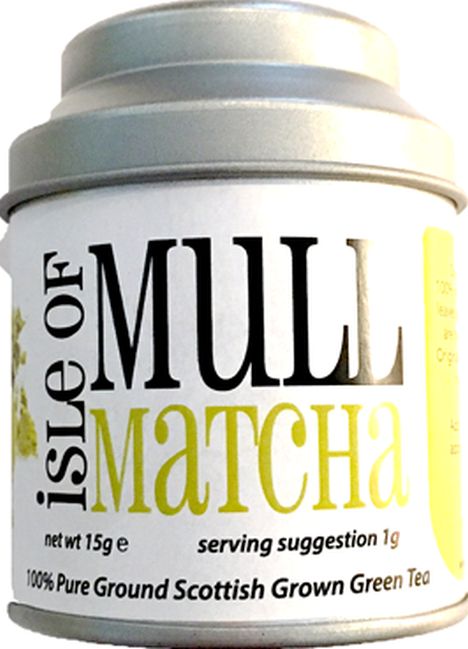
The Isle of Mull Matcha. Photo copyright © Liz and Martyn Gibson / Isle of Mull Teas.
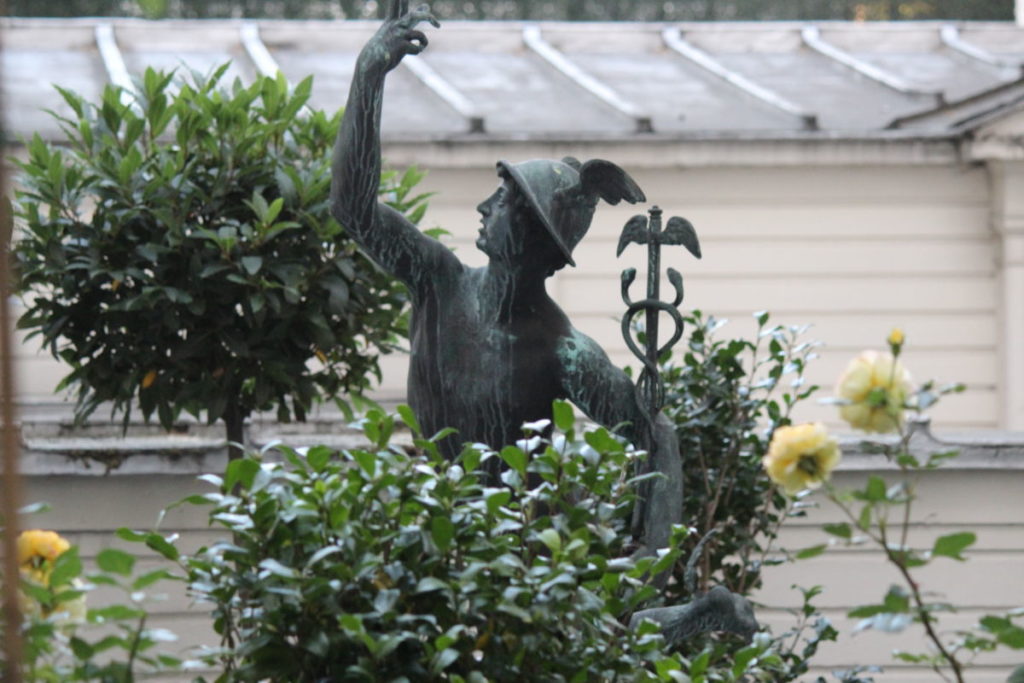
Detail of Angela Hurrell’s Garrocher Tea Garden. Photograph copyright © Angela Hurrell / Garrocher Market Garden.
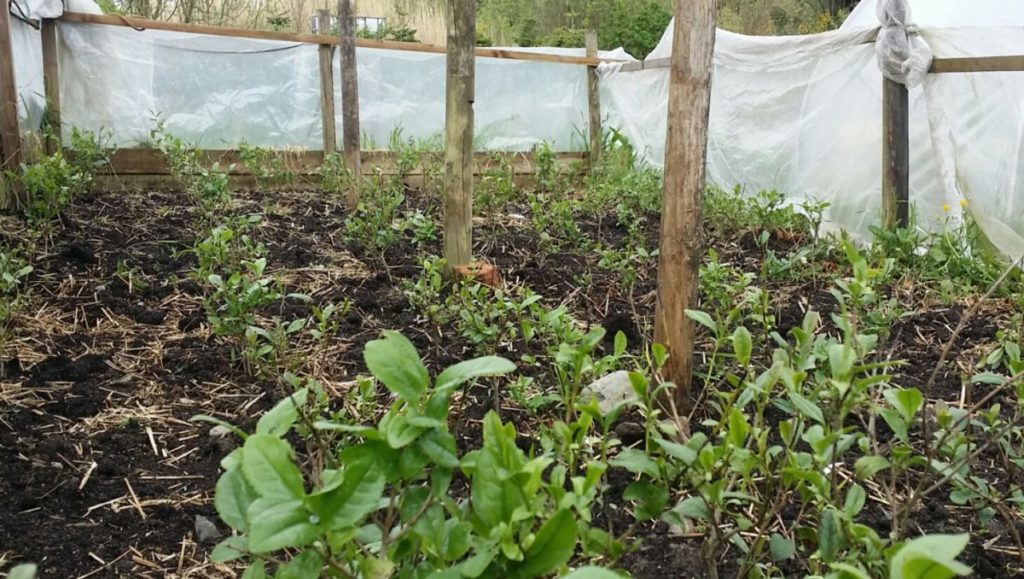
The Garrocher Tea Garden plantation. Photograph copyright © Angela Hurrell / Garrocher Market Garden.
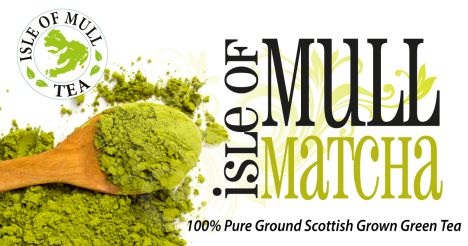
Isle of Mull Matcha. Photo copyright © Liz and Martyn Gibson / Isle of Mull Teas.

Matcha tea steaming. Photo copyright © Liz and Martyn Gibson / Isle of Mull Teas.
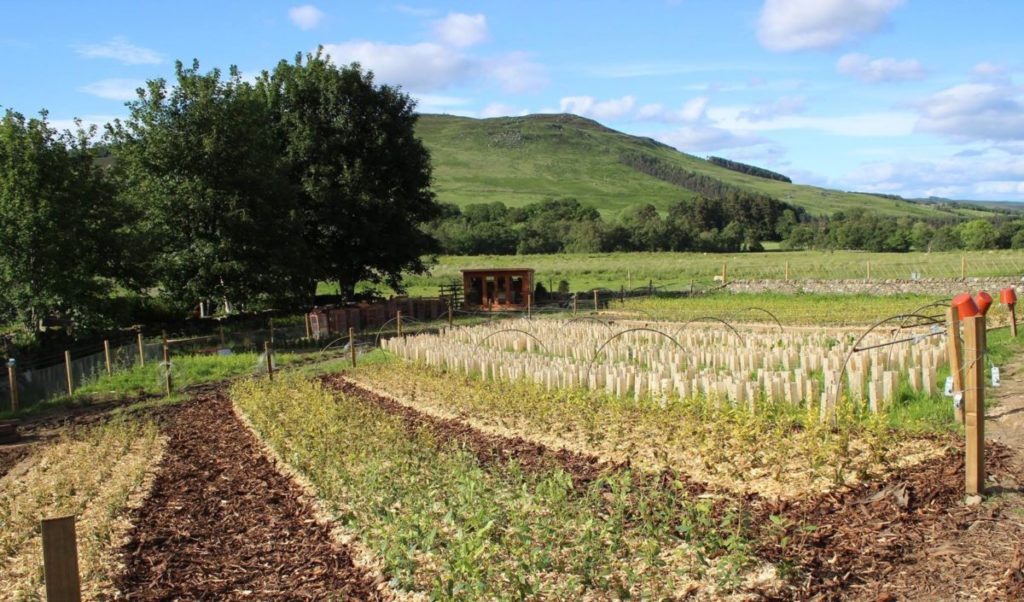
View of the Wee Tea Plantation. Photo © Weeteaplantation.com.
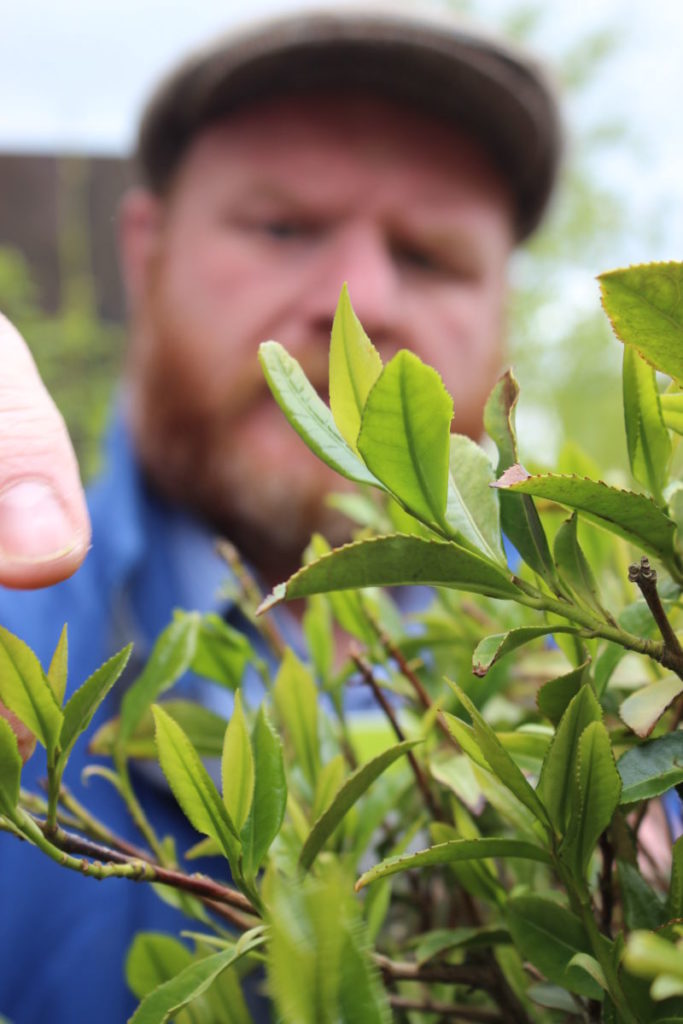
Jamie picking a leaf at the Wee Tea Plantation. Photograph copyright © Weeteaplantation.com.

Wee tea UV guard. Photograph copyright © Weeteaplantation.com.

Wee Tea at the Balmoral Hotel. Photograph copyright © Weeteaplantation.com.
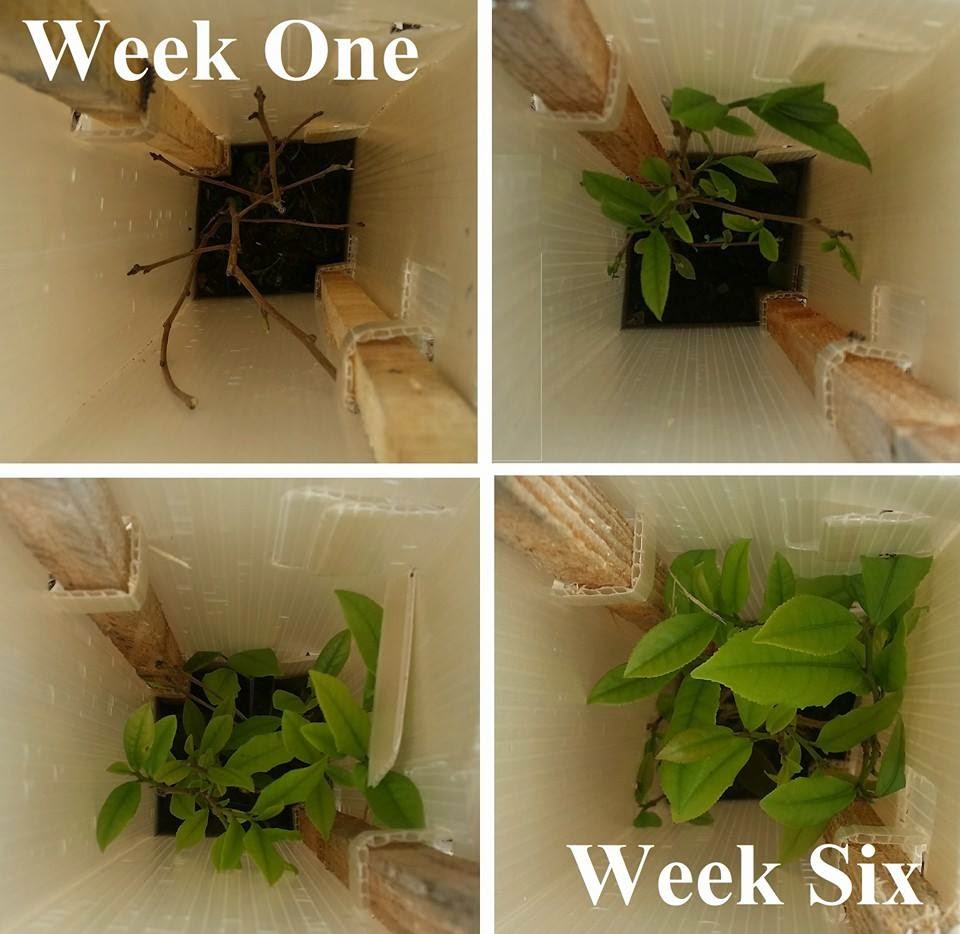
Growing tea. Photograph copyright © Weeteaplantation.com.
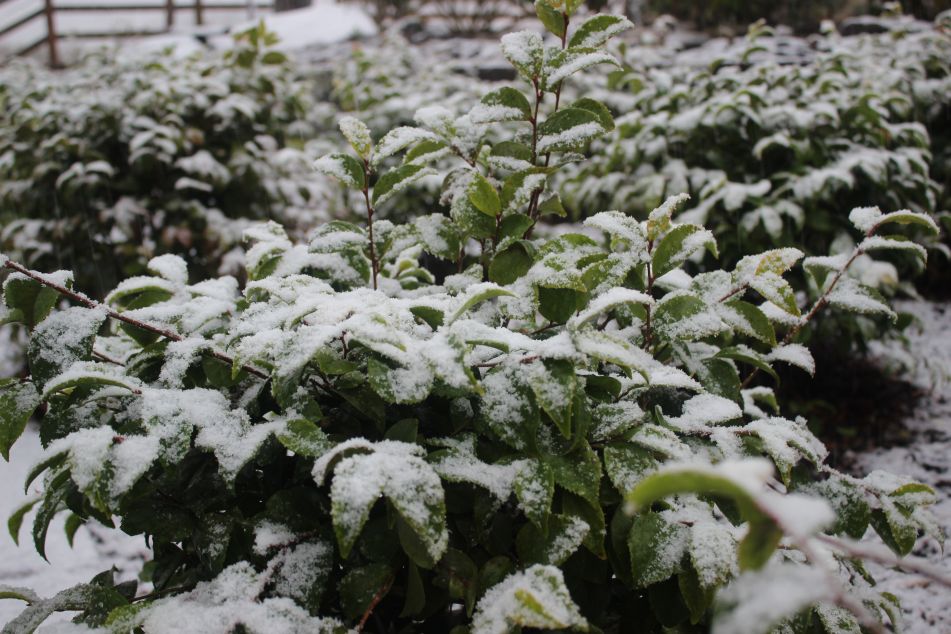
The plantation in winter. Photograph copyright © Weeteeplantation.com.

Dalreoch Tea. Photograph copyright © Tam O’Braan / Dalreoch Tea.
Loose tea at Amazon US, Amazon.co.uk, Amazon.fr and Amazon.de.

Freshly picked Scottish tea leaves from Garrocher Tea. Photo © Weeteaplantation.com / Angela Hurrell / Garrocher Market Garden.
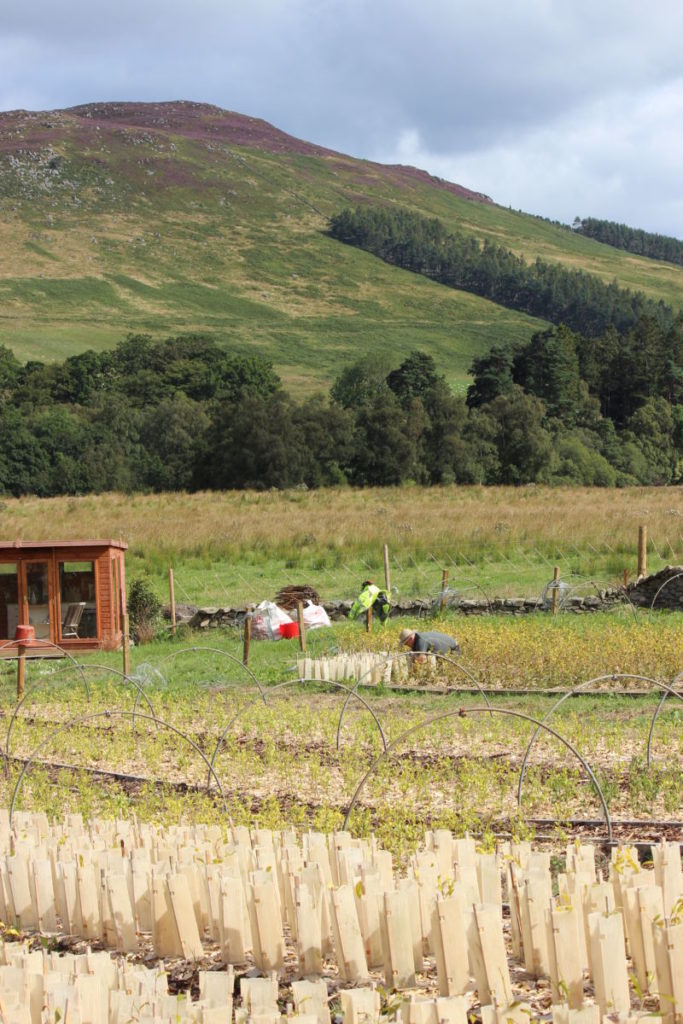
Growing Tea in Scotland. Photograph © Tam O’Braan / Dalreoch Tea.
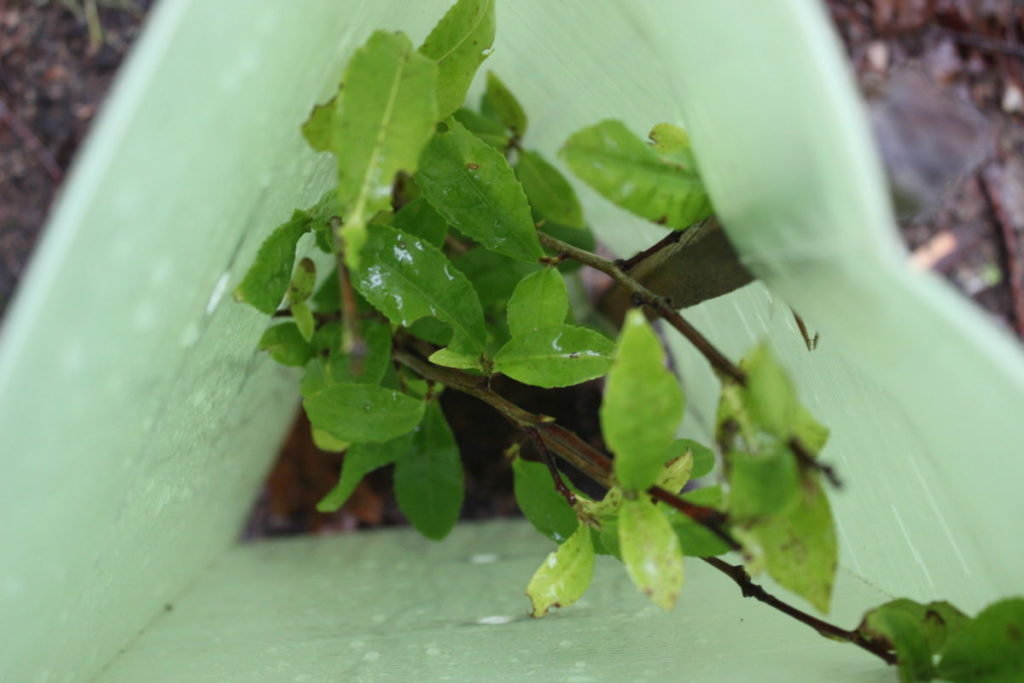
Tea plant. Photograph copyright © Photo copyright © Liz and Martyn Gibson / Isle of Mull Teas.
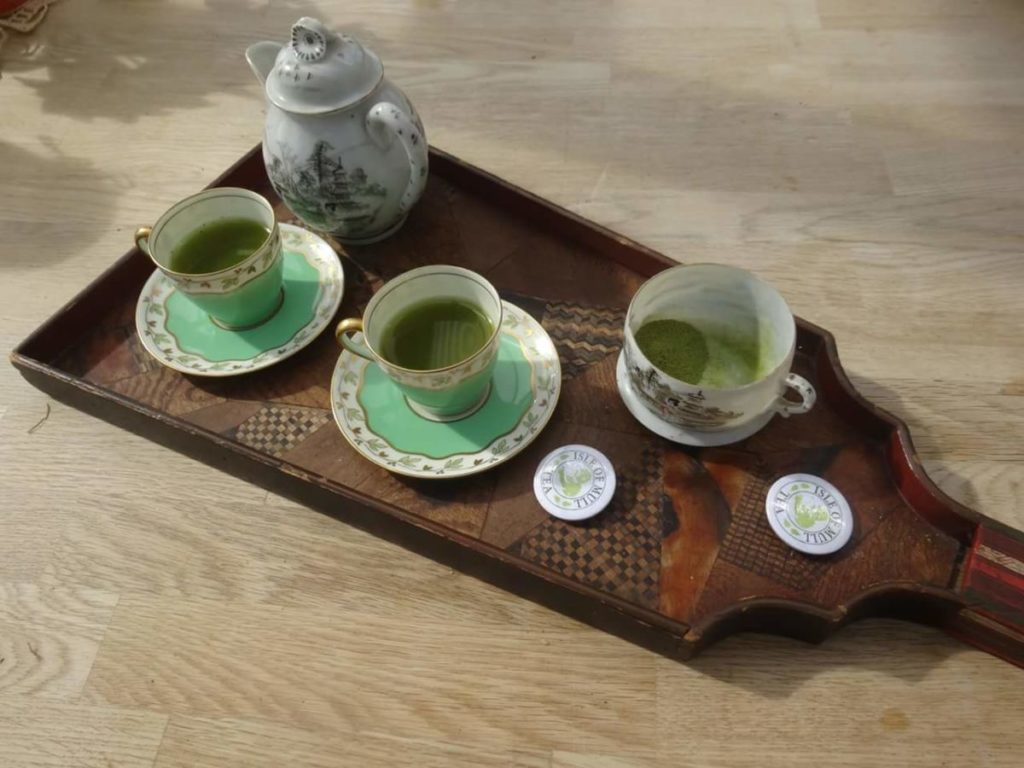
Isle of Mull tea cups. Photo copyright © Liz and Martyn Gibson / Isle of Mull Teas.
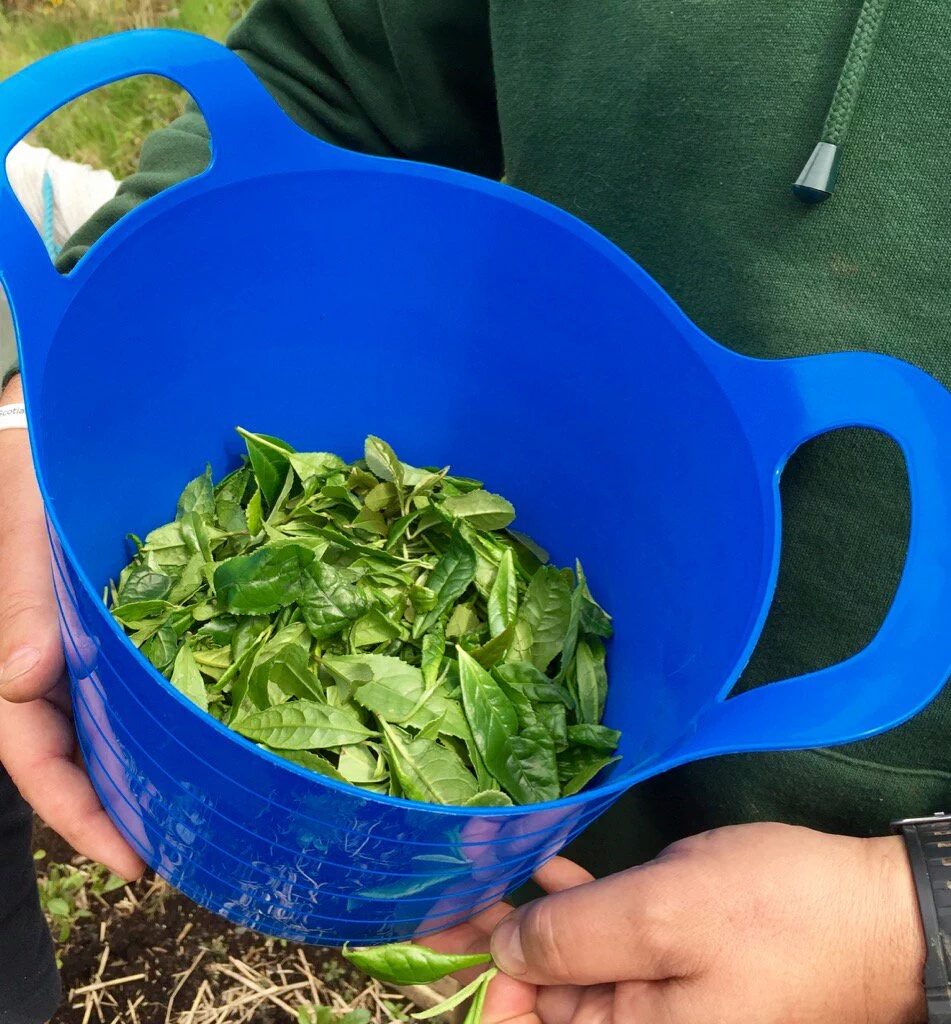
Isle of Mull tea leaves. Photo copyright © Liz and Martyn Gibson / Isle of Mull Teas.
Article added on July 1, 2016 at 11:57 Swiss time